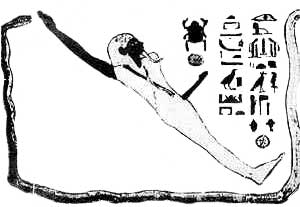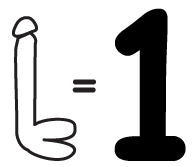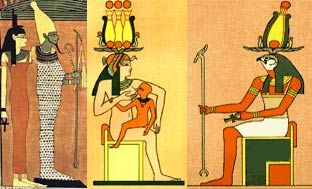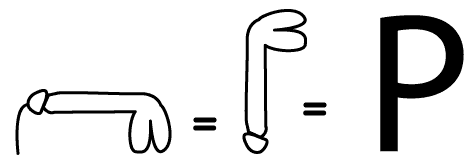Number 1 ©




Assur was the Father God of the Pagans.
 The legend of Assur and Isis is the foundation legend of Egyptian civilization and Pagan religion. Assur and Isis were the Father God and Mother Goddess of Pagan ancestor worship. According to the foundation legend, Assur was a prehistoric king who Isis resurrected from the dead. Isis copulated with her resurrected king. By that union, she conceived their son, Heru. Heru went on to become the progenitor of the bloodline of "divine kings." The divine kings of antiquity were kings who claimed that their hereditary descent from the gods was the source of their legitimacy as kings.
The legend of Assur and Isis is the foundation legend of Egyptian civilization and Pagan religion. Assur and Isis were the Father God and Mother Goddess of Pagan ancestor worship. According to the foundation legend, Assur was a prehistoric king who Isis resurrected from the dead. Isis copulated with her resurrected king. By that union, she conceived their son, Heru. Heru went on to become the progenitor of the bloodline of "divine kings." The divine kings of antiquity were kings who claimed that their hereditary descent from the gods was the source of their legitimacy as kings.
Thoth was also one of the founding gods of Egyptian civilization. Isis used a combination of magic, medicine, and "words of power" she learned from Thoth to resurrect Assur. From that time onward, Thoth was a friend, mentor, and vizier to the royal founding family of Pagan ancestral gods.

Thoth was "the scribe of the gods." Thoth represents the educated priestly class of Pagan civilizations. They were the priesthood of the temples and the administrative bureaucracy of the governments of divine kings. They were the teachers in the schools; they were the astronomers, calendar makers, timekeepers, accountants, architects, land surveyors, and etc. These were the people who did all of the writing. These were the people who created our alphabets and numbers.
Thoth was the "inventor of writing and of numbers." If Christian monks had invented our alphabets, our alphabets would be composed of Christian symbols. Scribes of the Thoth school created alphabetic and numeric symbols. They used Pagan religious icons for their symbols. Egyptian hieroglyphics, the Roman alphabet, and the Arabic numbers, are all products of scribes of the Thoth school. They are all derived from the legend of Isis and the resurrection of Assur.
According to the foundation legend, a company of conspirators murdered Assur. They hacked his body into pieces and scattered his severed parts afar. Isis gathered together Assur's scattered parts and resurrected him from the dead. The parts of Assur that Isis gathered for his resurrection have now found their way into our alphabet. The letters of the Roman alphabet are pictures of Assur's parts that Isis gathered. The Arabic numbers are also pictures of Pagan religious icons derived from the legend of Assur and Isis.
 The number one is a picture of the phallus of Assur. He was number one. Assur was the first father, the common ancestor of Pagans. He was the first god, the first king, and so on. The number 1 is closely related to the alphabetic letters B and P.
The number one is a picture of the phallus of Assur. He was number one. Assur was the first father, the common ancestor of Pagans. He was the first god, the first king, and so on. The number 1 is closely related to the alphabetic letters B and P.
ADDENDUM #1

The letters B and P, and the number 1 are all representations of the Father God, Assur.
The majuscule (capital) letter B represents the gonads of Assur.

The majuscule (capital) letter P is a picture of the phallus of Assur.

Assur was the original "God" of the Pagan religion and the ancestral father of the Pagans. Isis was the original "Goddess" of the Pagan religion and the ancestral mother of the Pagans. Now, she is the ancestral mother of us all. Resurrect Isis.
|
Reader responses are invited. |
Return to Home Page . . . Return to Table of Contents Hub
Links to related alphabet pages:
Link to Alphabet Page B . . . Link to Alphabet Page P . . . Link to Alphabet Page K
Links to related topic pages:
The First Kingdom . . . The Egyptian Resurrection . . . Visual Language